|
HOME: www.hiltonpond.org |
|||
THIS WEEK at HILTON POND Subscribe for free to our award-winning nature newsletter (Back to Preceding Week; on to Next Week) |
NEW RIVER BIRDING & As we are prone to do near the end of April or first of May, we departed Hilton Pond Center this week for West Virginia and the New River Birding & Nature Festival (logo below right), held annually in the southern highlands around Fayette County.
All text, maps, charts & photos © Hilton Pond Center Just before starting the drive north, however, Ernesto helped us re-check several nest boxes around Hilton Pond that contained chicks we knew would fledge before we returned from West Virginia. In a box on a post on one end of the Center's driveway we banded four mostly naked Eastern Bluebird nestlings, after which we walked to the driveway's other terminus and banded three chicks of an Eastern Tufted Titmouse pair (above). We were amazed the titmice had survived at all because a midnight wreck during incubation had resulted in a car flipping and coming to rest against the pole on which the nest box sat. (A few days later a hit-and-run driver took out the Center's mailbox and newspaper tubes on posts next to the titmouse; this shenanigan STILL didn't appear to faze the brooding female.) Even more amazing: When we opened the box to band her nestlings, the titmouse mother sat tight and allowed us to gently grasp her to read her band number before release. It was #2291-73643, one of our long-time resident titmice banded 'way back in the summer of 2009 as a hatch-year bird. By now she was seven years old and undoubtedly a grandmother several times over.
All text, maps, charts & photos © Hilton Pond Center The third box up for banding was on a metal pole visible from the kitchen window of the Center's old farmhouse. From inside the house we could observe nearly never-ending activity by a pair of industrious Carolina Chickadees that repeatedly flew to the box with food and departed with fecal sacs. When we opened the box we understood why the adult chickadees were so busy: They were tending to SEVEN hungry youngsters (above), all of which appeared to be quite healthy! We couldn't imagine this chickadee pair could double-brood in 2015 after the exhausting responsibility of raising that many chicks--all of which would be tended for several days or weeks after fledging. We've written several times about the history of and rationale for the New River Birding & Nature Festival, so we'll dispense with repeating that info and devote this installment to comments about photos we took during the week.
All text, maps, charts & photos © Hilton Pond Center As always, the 2015 Festival was a nice mix of field excursions, bird banding, identification workshops, nature walks, birding humor, presentations by prominent naturalists, and great food--all in a friendly, non-competitive atmosphere. It was, however, much colder than usual, with first morning temperatures on 27 April down to the upper 20s. Even early-blooming Catawba Rhododendrons, Rhododendron catawbiense (above), were keeping their flowers safe inside a tight sheath of protective bud scales. Brrrrr. Planted frequently as an ornamental across the Southeast, this species grows natively from the southern Appalachians to northern Alabama.
All text, maps, charts & photos © Hilton Pond Center As in much of the northeastern U.S., the cold months of 2014-2015 were brutal for West Virginia and immediately followed a winter that had been nearly as bad. Cold temperatures and heavy snows may have inconvenienced human beings those two years, but frigid weather brought good news to the area's Eastern Hemlocks, Tsuga canadensis. These long-lived evergreen trees have been hit hard in the past decade or so by voracious larvae of the Hemlock Woolly Adelgid, Adelges tsugae, a tiny aphid-like insect that sucks sap from needle buds and can eventually kill even the tallest, most majestic hemlocks. Concerned landowners have battled these invasive insects by treating trees with systemic insecticides or oily soaps, but this is a very expensive and often ineffective procedure. Fortunately, if overnight temperatures drop below about ten degrees for three nights in a row, 90% of the local adelgid population dies--and that's just what happened two winters ago in parts of West Virginia. Similar cold weather struck again this past winter, meaning 90% of that 10% of adelgids remaining from last year was knocked off--bringing the pest population around Fayetteville WV to very low levels. This meant trees on the verge of dying were able to bounce back, make new needles, and even start producing cones (above) that will bear the seeds of the next generation of Eastern Hemlocks. This is good news indeed because Eastern Hemlock is a cornerstone species in riparian forests of the Appalachians and elsewhere.
All text, maps, charts & photos © Hilton Pond Center One of the most rewarding aspects of the 2015 Festival was it was almost like a mini-reunion for folks who have been with us on one or more Operation RubyThroat hummingbird expeditions to the Neotropics. (The Festival and an associated ElderHostel/Road Scholars program have been fertile ground for recruiting folks for our Central American trips.) On hand for the first time in Fayette County were Mary Kimberly & Gavin MacDonald (who have participated in SIX of our mid-winter hummingbird trips), along with Festival repeaters Mary & Gary Wolf, Lynn & Terral Jordan, Alma Lowry, Sally Tucker, and--of course--Ernesto Carman and Susan Hillton. It was great to see all of them again in the West Virginia Hills--especially since Mary and Gavin (above) ably volunteered with net-setting and bird extraction during this year's Festival-based bird banding efforts.
All text, maps, charts & photos © Hilton Pond Center Along with cool morning weather at the 2015 Festival came a heavy layer of dew, as evidenced by water droplets (above) outlining the silken traps of hundreds of Bowl and Doily Spiders, Frontinella communis, that set up shop in a meadow at Opossum Creek Retreat. These arachnids are aptly named, although younger folks might have no idea a doily is a piece of lace their great-grandmothers might have used beneath a dish to protect the furniture. Incidentally, the doily also protects the spider while it hangs beneath the bowl waiting for some hapless insect to tumble in.
All text, maps, charts & photos © Hilton Pond Center Perhaps because of cool temperatures at the start of this year's Festival, bud burst seemed a few days behind schedule--meaning participants could more easily see birds in the trees. While tending mist nets at Opossum Creek Retreat, Gavin MacDonald was watching a Blue Jay hanging out in a tall White Oak. When the bird kept returning to the same crotch in a main trunk, Gavin got out his spotting scope and realized the tree contained a jumble of sticks--with another jay sitting tight on this typical loosely formed nest. Based on our extensive experience with Blue Jays during grad school days in Minnesota, the stationary bird was almost certainly an incubating female, with the male guarding her and the nest from intruders such as a Northern Cardinal he chased away. Through the scope we could even see the male jay hopping to the nest (above) and giving the female morsel after morsel of food as she continued her duties. A male so attentive greatly increases chances of a nest being successful.
All text, maps, charts & photos © Hilton Pond Center Despite the April chill, there was plenty of plant activity in and around Opossum Creek Retreat--including a nice stand of Golden Ragwort (above). This one-foot-tall native composite is one of the more visible West Virginia wildflowers in late spring; it can appear as a near-monoculture on mesic hillsides from Labrador to the Florida panhandle.
All text, maps, charts & photos © Hilton Pond Center Unlike many members of the Sunflower Family (Asteraceae, AKA Compositae), Golden Ragwort seems to do just fine in the partial shade of open woodland before green-up is complete. A close-up of the flower stalk reveals star-like blossoms, with sterile perimeter ray flowers surrounding fertile disk flowers at the center. Formerly classified as Senecio aureus, this perennial is correctly known to botanists as Packera aurea.
All text, maps, charts & photos © Hilton Pond Center Also blooming conspicuously was a four-foot shrub whose blossoms (above) are likely to remind one of another plant that is equally invasive. It's the flower structure of the honeysuckle group, in this case Amur Honeysuckle, Lonicera maackii, an imported ornamental shrub that can take over fields and woodlands if left unchecked. This species, in the same genus as the nearly ubiquitous Japanese Honeysuckle vine, L. japonica, originated in temperate Asia but--oddly enough--is endangered in the wild in Japan.
All text, maps, charts & photos © Hilton Pond Center Shrubs were not the only plants in bloom during the Festival in West Virginia. In a roadside drainage ditch along the access to Opossum Creek Retreat we went looking for and found a striking six-inch-tall plant whose parallel-veined leafs suggested it was in the Orchidaceae (Orchis Family). It was, in fact, a Showy Orchis, Galearis spectabilis, that has been blooming for years in this unexpected habitat. A terrestrial orchid quite different from the epiphytic tropical orchids that grow on trees, this species sprouts from a cluster of long-lived fleshy tubers. In the northernmost states in which it occurs (Rhode Island to Maine) Showy Orchis is classified as endangered, and it is under assault elsewhere from canopy loss, lowering of the water table, erosion or rich topsoil, and thoughtless plant collectors. Native bumblebees are the primary pollinators.
All text, maps, charts & photos © Hilton Pond Center Not far from the Showy Orchis but on a somewhat drier embankment was a large colony of Diphasiastrum digitatum, known to some as Groundcedar or Running Cedar. We prefer the name Crowsfoot for this plant known as a clubmoss. These are primitive green plants that do not flower but make a club-like reproductive structure (strobilus) rising above a carpet of moss-like vegetative growth. Unlike even-more-primitive mosses, clubmosses have vascular tissue (water-conducting xylem and phloem that conducts food). Clubmosses are the oldest surviving plant family on Earth and date back about 410 million years to the Silurian Period when the only land animals were centipedes, millipedes, and the first arachnids.
All text, maps, charts & photos © Hilton Pond Center Watching spiders and flora and nesting jays was fun, but our assigned goal was to show Festival participants how banding is useful in learning more about birds than one can discern through binoculars. (How cool was it, for example, that we provided in-the-hand views of four new Ruby-throated Hummingbirds and recaptured one from last year's Festival!) To that end, we set up four mist nets near the spider meadow at Opossum Creek Retreat and on three banding days caught quite a few individuals--many of which seemed to be wearing brown plumage. One of these was a small cavity nester (above) known for its "rush-and-jumble" song and the disconcerting habit of sneaking into nest boxes to pip the eggs of Eastern Bluebirds. It was a House Wren, a New World species whose various populations range all the way from Canada to the tip of South America. West Virginia's House Wrens disappear each fall, flying as far as Gulf Coast states or Mexico before returning. Note the prominent barring on most of this bird's feathers--typical of members of the Wren Family (Troglodytidae).
All text, maps, charts & photos © Hilton Pond Center Brown bird #2 was somewhat larger than the wren with a shorter bill and no barring. It had the body and bill shape of a Wood Warbler, but don't warblers have some degree of yellow in their plumage? That's certainly true of most of them, notable exceptions being the two brown-colored waterthrush species (Northern and Louisiana) and the individual in the photo above: An Ovenbird. This streak-breasted species is identifiable by its chestnut crown bordered by two bold black stripes--AND by its explosive and repetitive song of "teacher, teacher, TEACHER!" Incidentally, Ovenbirds take their name from their habit of covering their ground nests with a canopy reminiscent of old-style outdoor cooking ovens.
All text, maps, charts & photos © Hilton Pond Center The third brown bird had dark breast markings and therefore reminiscent of the Ovenbird, but was twice its size and without head stripes. Instead it had a wide, broken white eye ring and the body shape of American Robin. This was a Wood Thrush, which is indeed in the Turdidae (Thrush Family), same family as robins, bluebirds, and their relatives. This bird is distinguished from the other five North American "spot-breasted thrushes"--Veery and Swainson's, Gray-cheeked, Bicknell's, and Hermit Thrush--by reddish brown above and with large almost circular spots on a pure white breast. Wood Thrushes all bail out come fall and end up in lowland forests in Central America.
All text, maps, charts & photos © Hilton Pond Center At Opossum Creek Retreat we caught two other brown birds of the same size and shape but that looked very different; they were the two color morphs of the White-throated Sparrow. The dull morph (above) is rather drab and has only a hint of yellow lores--the area between eye and bill. Nonetheless, the throat is white with a dark lower border, and the head is heavily striped--making it a WTSP.
All text, maps, charts & photos © Hilton Pond Center In fresh plumage (above) the bright morph of the White-throated Sparrow is an eye-popping wonder, with every feature more prominent than in the dull morph. Oddly enough, these two morphs are not indicative of sex or age, so one might wonder how both can exist within a given population. Extensive field studies provide the answer, as follows: Bright morph males sing more frequently and are more aggressive, so they are more protective of their mate and chicks. Dull morph males and females, however, do a better job of providing for and feeding nestlings. (A pair usually consists of dissimilar morphs, and bright morph females seem to prefer dull morph males.) In any case, any combination of morphs is capable of producing fledglings, so both morphs continue to occur.
All text, maps, charts & photos © Hilton Pond Center Fayette County is full of natural wonders, from the New River Gorge to Hawks Nest State Park to smaller gems such as beaver ponds. As we headed out from Opossum Creek Retreat one morning Mary Kimberly spotted a big beaver lodge just off U.S. 19 north of Fayetteville. In some locales beavers will dig a bank tunnel rather than build a lodge of sticks like the one above. Near the lodge was a substantial log dam the beavers had constructed long ago, flooding the area where they then built the lodge.
All text, maps, charts & photos © Hilton Pond Center About 40 years ago North American Beavers, Castor canadensis, were also responsible for creating a wetland halfway between Fayetteville and Oak Hill at Wolf Creek Park, a thousand-acre multi-use development that includes commercial, residential, and natural components. For several years we've been overseeing within the park the section-by-section installation of a Wetlands Boardwalk that offers an unusual opportunity to schools and the general public. Wetlands are rare in West Virginia--less than 1% of the state's topography is so classified--and the boardwalk provides easy access to a habitat that is seldom visited and poorly understood. Participants in the New River Birding & Nature Festival use the boardwalk to view wetland flora and fauna, and several have donated funds to pay for materials for 12-foot sections. The latest 36' (above) were installed by student volunteers from Leadership Fayette County and by a stalwart crew of adults. We've cleared vegetation and surveyed the lines for the next five sections that are waiting for donors.
All text, maps, charts & photos © Hilton Pond Center Last summer a local resident used his helicopter drone to take a spectacular photo (above) of the Wolf Creek wetlands and boardwalk. The green-roofed structure is a covered platform that allows observations during inclement weather. Just below it is one of several beaver dams that keep the wetlands wet. The big tree snag at foreground is evidence the wetlands were at one time a forested area; all the towering hardwood trees have died because their roots can't stand being submerged for long periods of time, and the few remaining dead trees are perfect perches for everything from woodpeckers to Green Herons.
All text, maps, charts & photos © Hilton Pond Center Even though the Wolf Creek wetlands no longer contain big living trees, there are plenty of water-loving shrubs. St. John's Wort, Hypericum sp., is most common, followed by several species of Viburnum and Red Osier Dogwood, Cornus sericea. Willows on the margins get trimmed back regularly by industrious beavers, but a few smaller shrub-trees have survived the nibbling habits of these aquatic rodents. In bloom, for example, was Scarlet Hawthorn, Crataegus coccinea (AKA C. pedicellata, above). This native hawthorn species has long thorns and produces large red fruits by late summer. The configuration of the five-petaled white flower reveals it is in the Rose Family (Rosaceae).
All text, maps, charts & photos © Hilton Pond Center Beaver-created wetlands can be important to all sorts of plants and animals that need standing or slow-moving water for survival. This includes amphibians such as Upland Chorus Frogs and Spring Peepers that serenaded us this week at Wolf Creek Park. Not vocal but still plentiful were salamanders swimming in waters muddied slightly by overnight rain. The most obvious of these were Eastern Red-spotted Newts, Notophthalmus viridescens, which lay their eggs in water, wander for a year of two on land, and as adults return to an aquatic existence. Note the streamlined appearance of the adult above, whose red spots are barely visible against a greenish-brown body.
All text, maps, charts & photos © Hilton Pond Center Out on the trails around the Wolf Creek wetland we found several brilliantly colored salamander-like creatures (above). These were the terrestrial stage of those Red-spotted Newts from the beaver pond. Known as "red efts," they move slowly on land, probing under leaf litter for small invertebrates to satisfy their hunger. Efts get along fine without standing water, their protective, mostly dry skin being similar to that of toads. The bright red coloration is "aposematic," meaning it's a warning to potential predators that a mouthful of eft at best tastes bad and at worst may cause gastric distress. As always, Bill Thompson III--esteemed editor of Bird Watcher's Digest--was a guide and lecturer at the 2015 New River Birding and Nature Festival, which he calls his favorite among the dozens of outdoor events he attends each year. Hilton Pond Center is also a fun place to be, but based on the variety of nature-watching opportunities described above we tend to agree with Thompson and encourage folks to join us in West Virginia in 2016. All text, maps, charts & photos © Hilton Pond Center
Checks can be sent to Hilton Pond Center at: All contributions are tax-deductible on your |
|---|
|
"This Week at Hilton Pond" is written and photographed by Bill Hilton Jr., executive director of Hilton Pond Center for Piedmont Natural History
|
|
|
Please refer "This Week at Hilton Pond" to others by clicking on this button: |
Comments or questions about this week's installment? Send an E-mail to INFO. (Be sure to scroll down for a tally of birds banded/recaptured during the period, plus other nature notes.) |


 This event, considered by avocational birders and professional ornithologists as one of the best of its kind anywhere, attracts natural history enthusiasts from across North America. We been fortunate since its inception to be involved as bander, guide, and lecturer, and always look forward to our spring trip to the Mountain State just as bud burst and spring bird migration are getting underway. For the past three years Ernesto M. Carman, our
This event, considered by avocational birders and professional ornithologists as one of the best of its kind anywhere, attracts natural history enthusiasts from across North America. We been fortunate since its inception to be involved as bander, guide, and lecturer, and always look forward to our spring trip to the Mountain State just as bud burst and spring bird migration are getting underway. For the past three years Ernesto M. Carman, our 
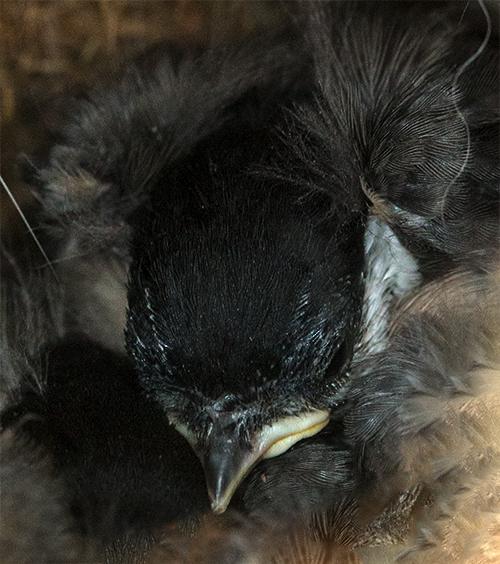
 (We WILL mention the Festival has a
(We WILL mention the Festival has a 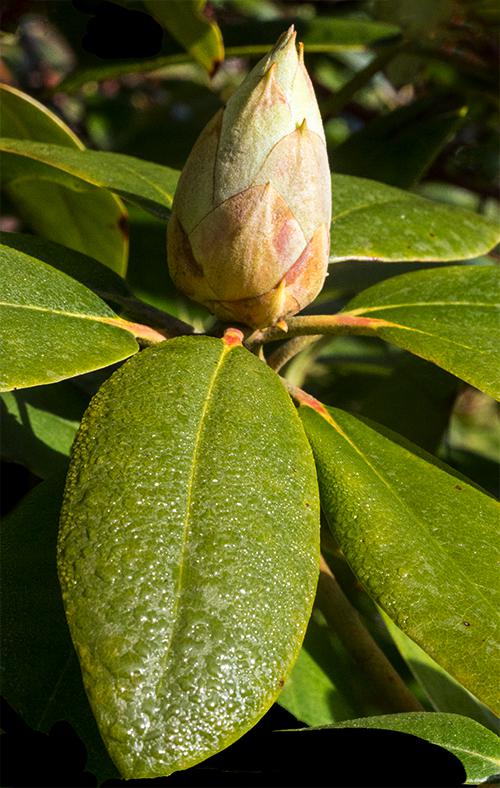
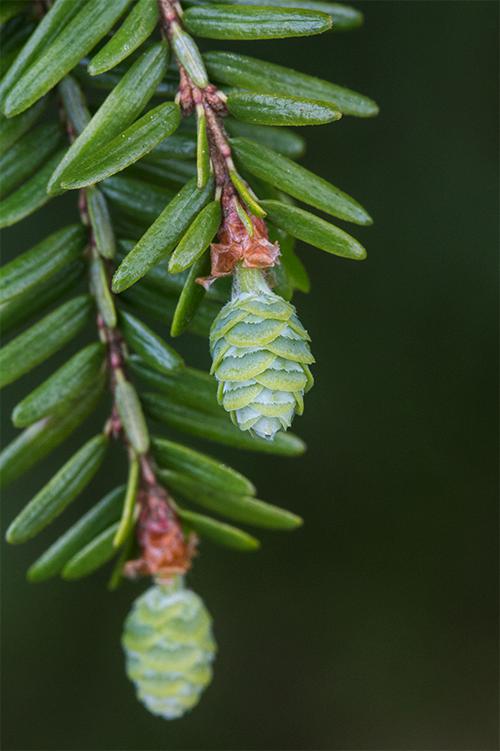


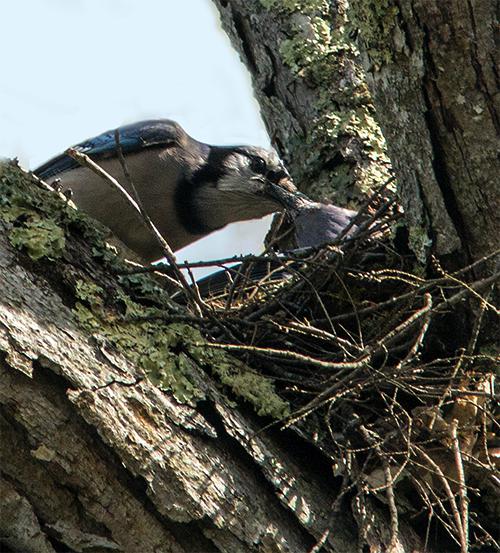
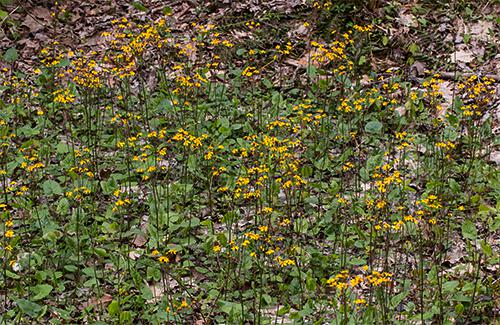
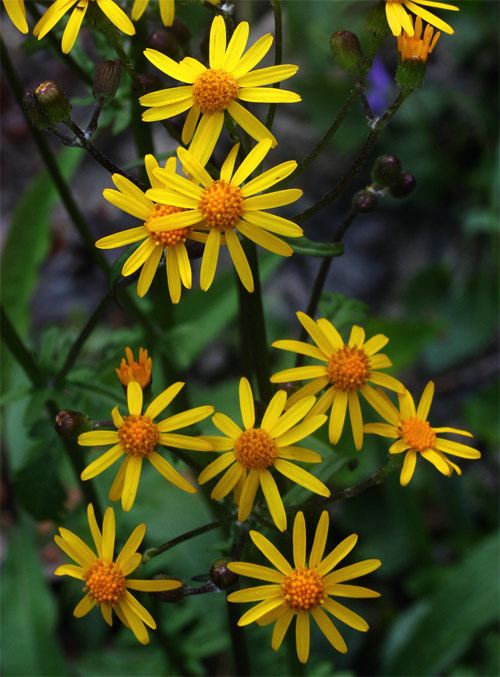
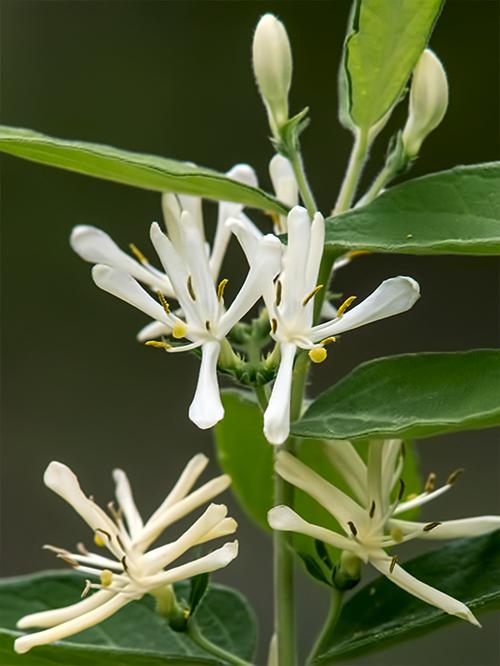
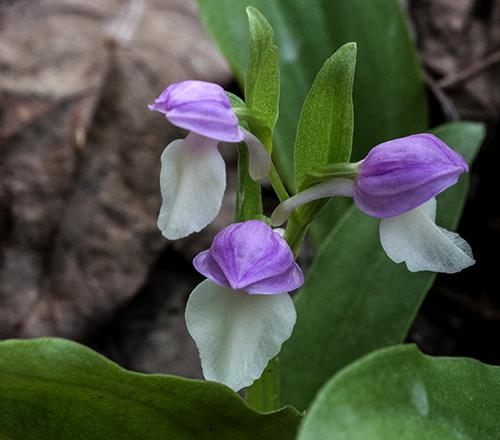
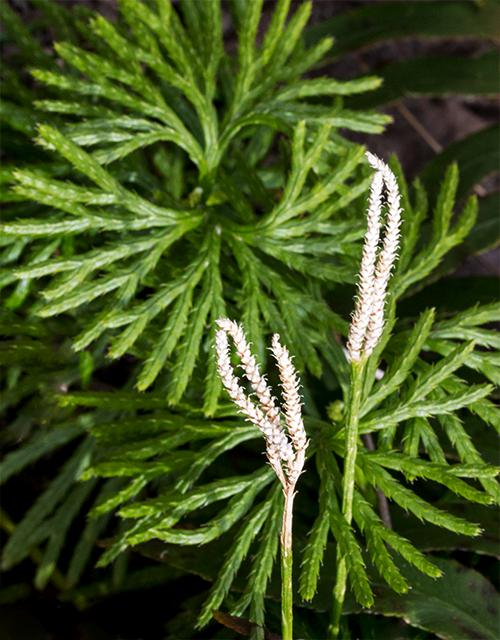


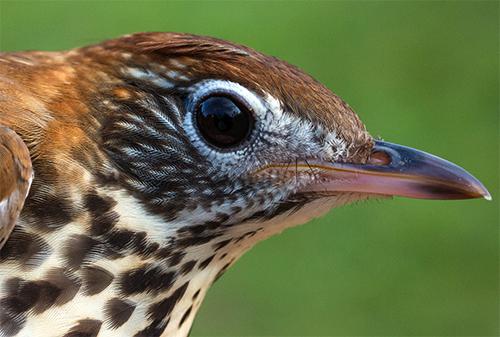
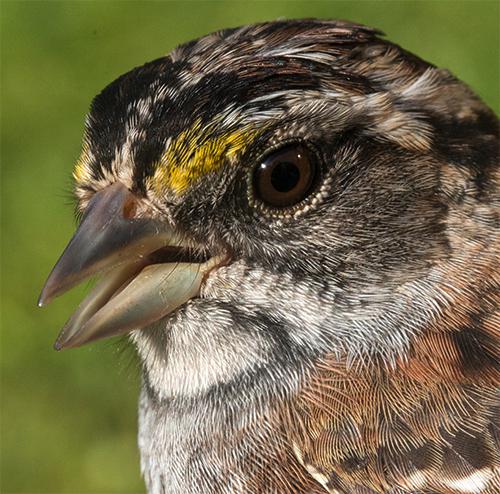
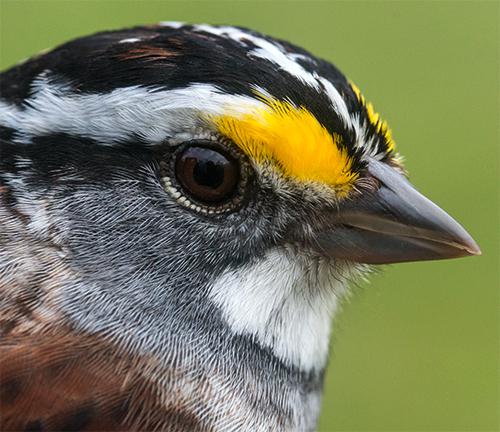

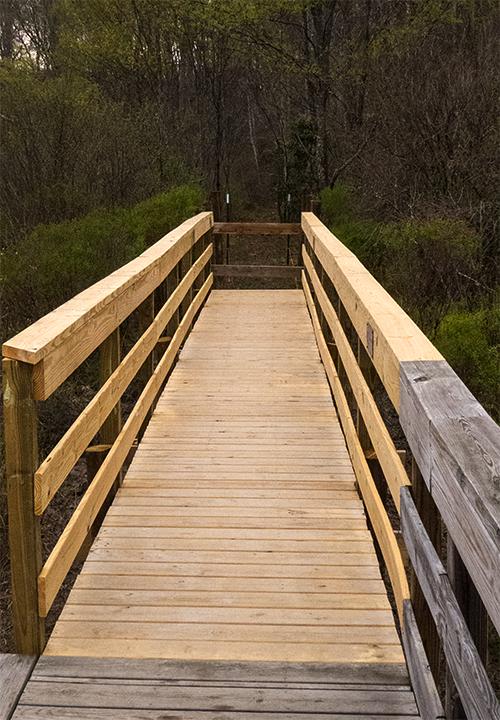
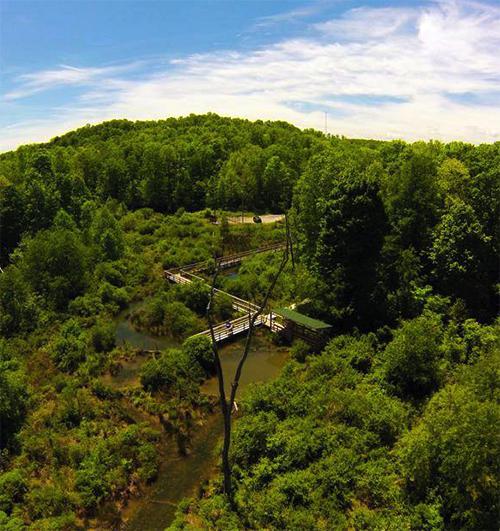
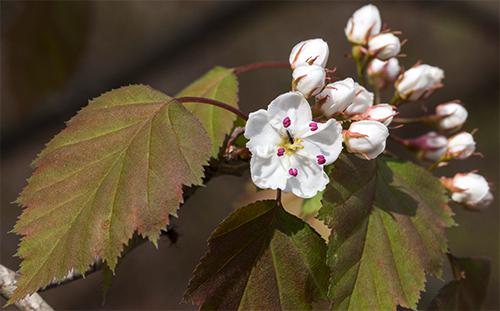
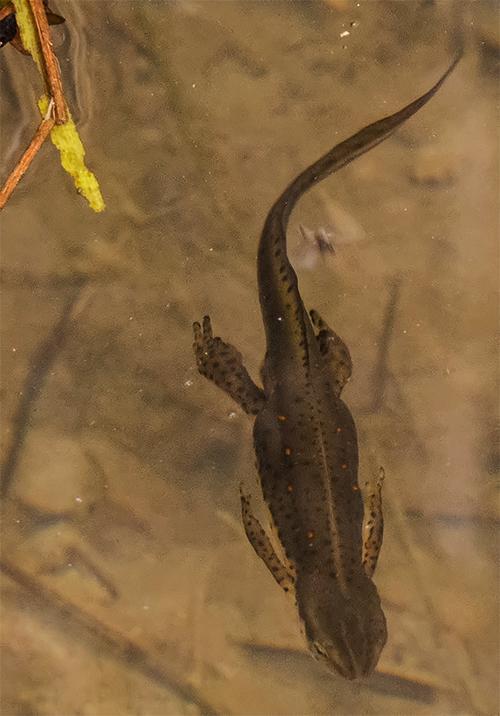
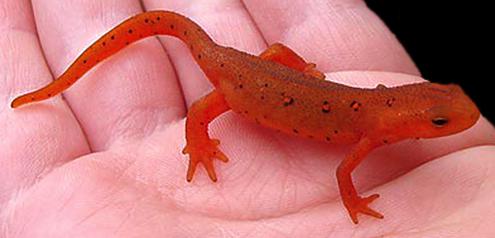










 Please report your
Please report your